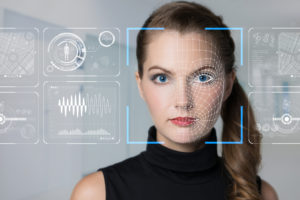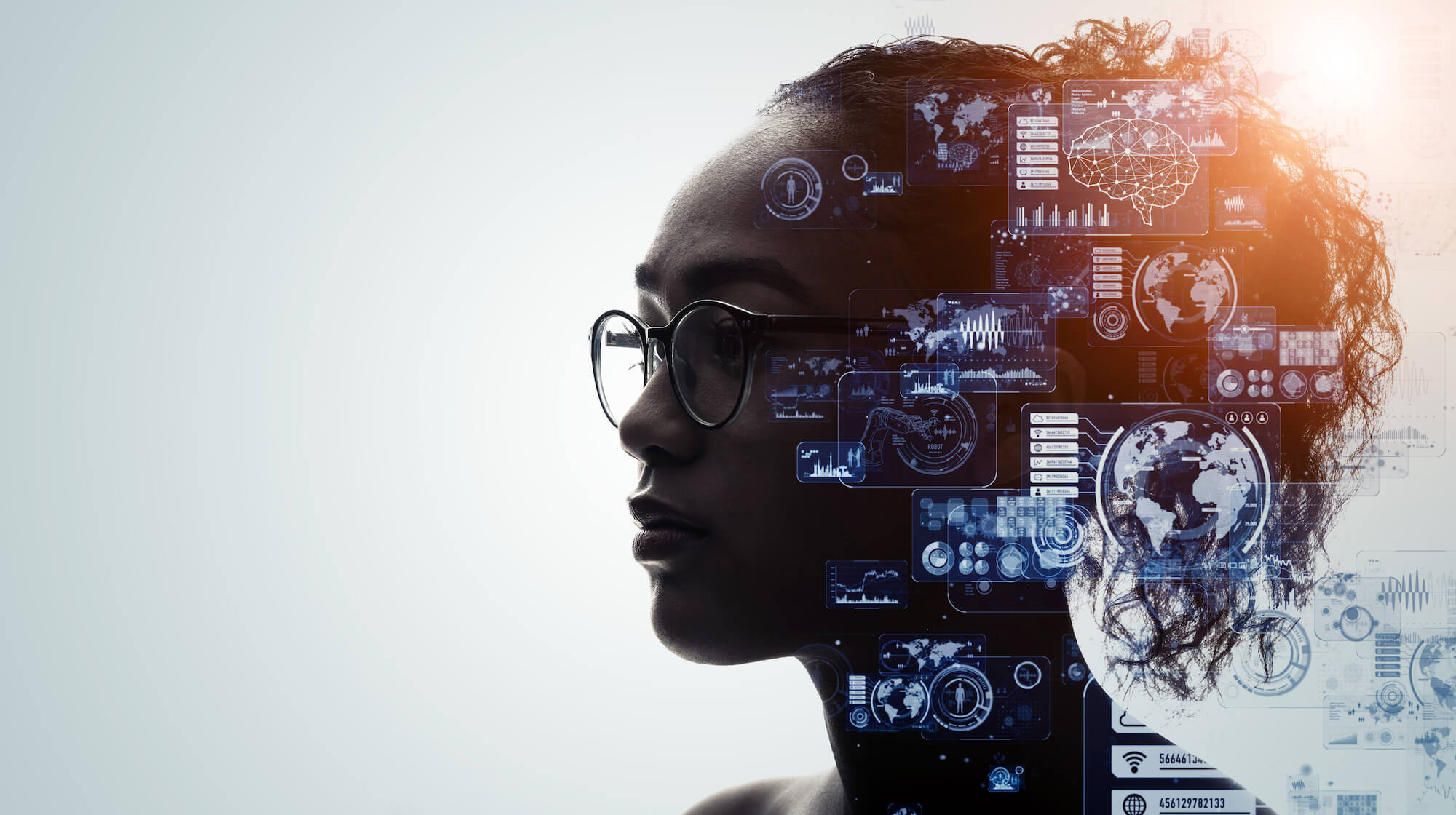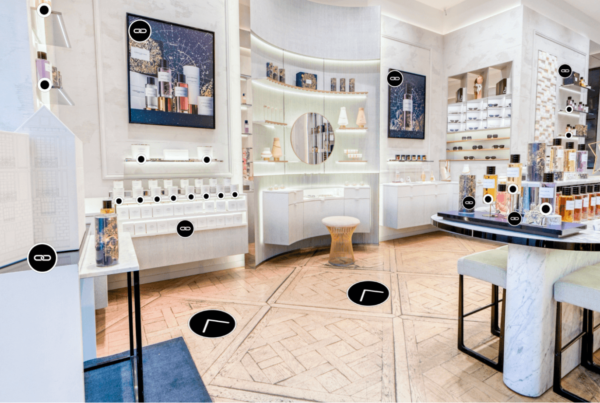Human-centered technology is designed to respond to the needs of the end-user. It can take the form of an app, website, or device, but its primary objective is to enhance the user’s skills and make their lives better and easier. You can argue that all technology is primarily human-centered—and you are correct, considering that your phone allows you to interact with other people and your TV enables you to keep up with what’s going on with the world, for example.
But what if the devices that are now in consumers’ hands and homes could do more?
 Face tech enables machines to read facial muscle and eyeball movement, eye gaze direction, and head posing and movement to tell us about a range of things—from face detection, to expression, to emotional states. In one famous, heartwarming example, Listerine launched a simple app that detects smiles using face analysis. Its end goal? Help blind people know when someone smiles at them. We take facial expressions for granted out in the world, but it can be jarring when the ability to recognize them is removed. The Listerine app bridges a gap created by the lack of sight.
Face tech enables machines to read facial muscle and eyeball movement, eye gaze direction, and head posing and movement to tell us about a range of things—from face detection, to expression, to emotional states. In one famous, heartwarming example, Listerine launched a simple app that detects smiles using face analysis. Its end goal? Help blind people know when someone smiles at them. We take facial expressions for granted out in the world, but it can be jarring when the ability to recognize them is removed. The Listerine app bridges a gap created by the lack of sight.
Face analysis offers an important opportunity as we create new technology tools to improve lives and build experiences. It allows companies to connect with clients on fundamentally human levels. So why aren’t there more apps like these today?
What Does Human-Centered Technology Accomplish?
Human experiences, relationships, and needs are a critical layer in how we build new technologies. The aim is to put humans instead of machines at the center of technology development.
Instead of focusing on what machines can do, human-centric technology helps humans experience the world, navigate challenges, and build connections with each other. This recentering of humanity brings a significant opportunity for companies to provide greater value and serve their customers.
Real-Life Use Cases of Human-Centered Face Analysis
It can be challenging to get the public to trust face analysis because of previous bad press with face recognition. However, some companies are changing that perception with applications that respect individual privacy. Instead of identifying who a person is, which is what face recognition does, face analysis reveals subtle clues to a person’s face, without violating their privacy.
Here are some examples:

1. Making Driving Safer
Face analy
sis in car technology can help make driving safer. Sensors can monitor driver alertness and focus on a second-by-second basis. If drivers seem distracted, the connected system can turn down music volume, bump up the air conditioner, and set off alarms to signal lane drifting.
2. Improving Telehealth Outcomes
Without physical interaction, telehealth appointments can feel disconnected. But with human-centered face analysis, healthcare providers can know if a patient is experiencing any level of pain, showing signs of distraction or confusion during conversations, or experiencing adverse reactions to new drugs. Contactless vital signs such as heart rate and oxygen saturation detection is a key element in technology for telehealth.
3. Revamping Beauty Industries
The days of trying on samples in a store may be coming to an end, but face analysis can help customers visualize how a beauty product will look without ever stepping into a store.
4. Creating Smart and Connected Homes
Smart home appliances are convenient, and face analysis can make them an integral part of our lives. Smart televisions can monitor attention levels and gently turn down the volume when no one is watching. Smart refrigerators can close doors when accidentally left open, and face analysis can monitor the number of people in the house, all without revealing their identities.
Human-Centered Technology: What Comes Next?
Face analysis can build the connections companies need to forge through technology. Whether it’s connecting drivers to cars, patients to doctors, or owners to their homes, face analysis represents a new, more human side of technology. This can be a gift to consumers eager to build relationships and explore what’s possible.
 AlgoFace’s FaceTrace is a face analysis platform that features Identity-Free Biometrics, which doesn’t identify who someone is, only what their face looks like. This keeps identities sacred while offering the most effective analysis tools businesses can adopt. FaceTrace is a facial landmark tracker designed with 209 points, making it the most accurate face analysis tool available. And because the U.S. is wonderfully diverse, FaceTrace is specifically designed to work on different types of faces.
AlgoFace’s FaceTrace is a face analysis platform that features Identity-Free Biometrics, which doesn’t identify who someone is, only what their face looks like. This keeps identities sacred while offering the most effective analysis tools businesses can adopt. FaceTrace is a facial landmark tracker designed with 209 points, making it the most accurate face analysis tool available. And because the U.S. is wonderfully diverse, FaceTrace is specifically designed to work on different types of faces.
To leverage the human experience for a dynamic path to connect with your customers, schedule a demo of FaceTrace today.




